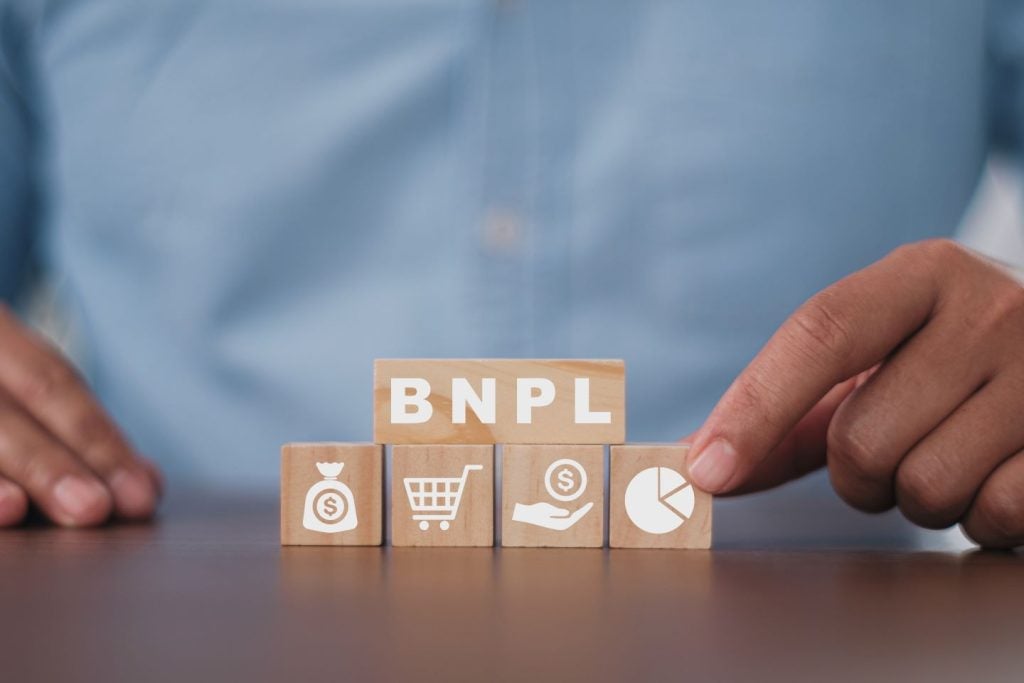CyberArk Software has filed a patent for systems and methods that enable deterministic cryptography deidentification for granular destruction. The techniques involve creating a table of name-token pair groupings with unique tokens, storing deidentified data in a centralized repository, identifying tokens from the table, and allowing for the reidentification of specific data items based on the tokens provided. GlobalData’s report on CyberArk Software gives a 360-degree view of the company including its patenting strategy. Buy the report here.
According to GlobalData’s company profile on CyberArk Software, automation system authentication was a key innovation area identified from patents. CyberArk Software's grant share as of September 2023 was 56%. Grant share is based on the ratio of number of grants to total number of patents.
Deterministic cryptography deidentification enabling granular destruction
A recently filed patent (Publication Number: US20230261856A1) describes a computer-readable medium and system for deterministic cryptography deidentification enabling granular destruction. The patent claims involve a method for preparing a table of name-token pair groupings with unique tokens, where each grouping is randomly assigned based on a cryptography random generator. These pairings are used in a deidentification process, and the unique tokens are associated with one or more tags. The data deidentified in this process is stored in a centralized repository. The patent also claims the ability to identify a token from the table and enable reidentifying a specific data item based on the provided token.
The patent further includes claims for disposing of the token from the table of name-token pair groupings, performing deterministic cryptography using authenticated encryption with associated data cryptography, and deidentifying data that includes personal identifiable information. The table of name-token pair groupings is described as including {group-name: group-token} pairs, and the deidentification process involves the use of an encryption key and a tag. The token used for reidentification is smaller in size than the encryption key.
In addition to the computer-readable medium, the patent also claims a system for granular destruction of data deidentified by deterministic cryptography. The system includes one or more processors and a memory storing instructions for executing operations such as preparing the table of name-token pair groupings, storing deidentified data in a centralized repository, identifying tokens, and enabling reidentification of specific data items based on the provided tokens.
Overall, this patent describes a method, computer-readable medium, and system for deterministic cryptography deidentification enabling granular destruction. The invention involves the use of unique tokens and a table of name-token pair groupings to securely store and reidentify deidentified data. The patent emphasizes the protection of personal identifiable information and the use of authenticated encryption with associated data cryptography for performing deterministic cryptography.
To know more about GlobalData’s detailed insights on CyberArk Software, buy the report here.
Data Insights
From

The gold standard of business intelligence.
Blending expert knowledge with cutting-edge technology, GlobalData’s unrivalled proprietary data will enable you to decode what’s happening in your market. You can make better informed decisions and gain a future-proof advantage over your competitors.







